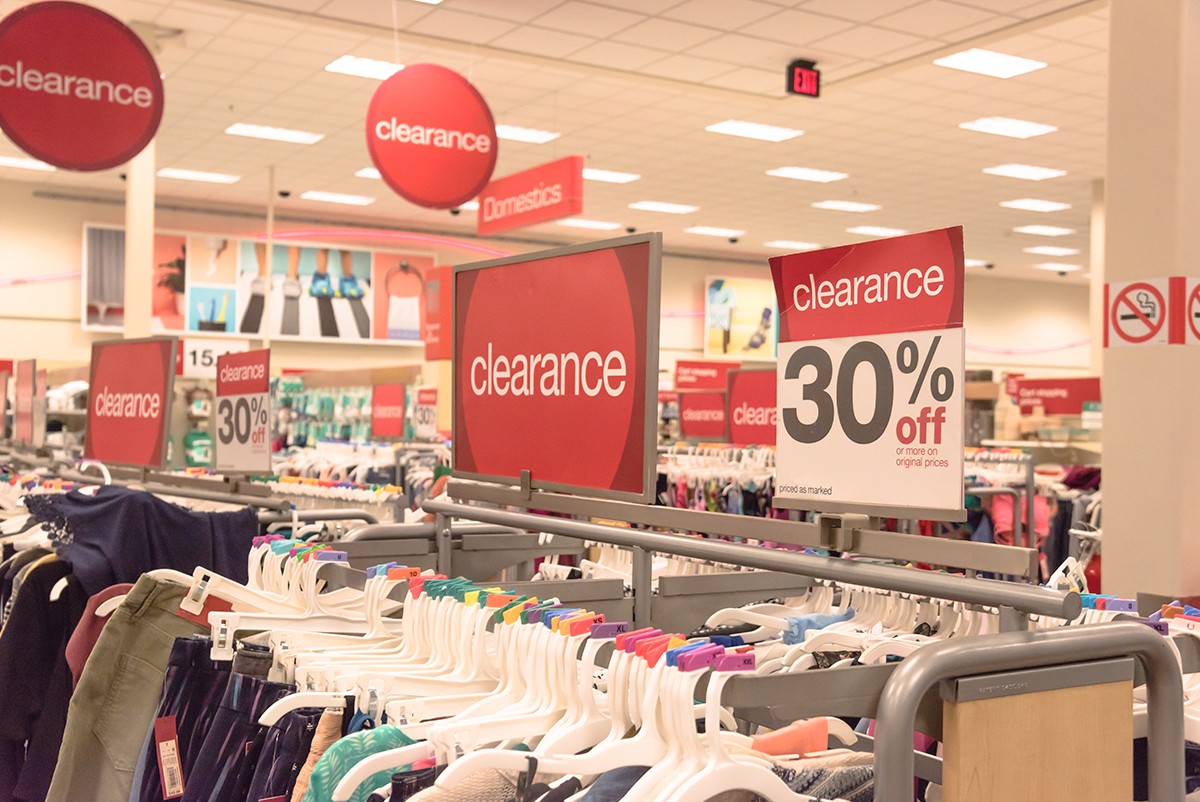Do you believe that marketing ends once a customer already sets foot in your store? That’s where you’re wrong because this is just the beginning of what you should accomplish. Marketing efforts aim to help a prospective buyer understand solutions to a problem, evaluate product or service options, and decide to make the purchase. However, every methodology varies between initially buying a consumer’s attention and earning it as part of a strategy to build a larger brand audience. But, primarily, your goals are the same: to EDUCATE, INFORM, and PERSUADE your buyers to go and make the purchase.
Point of purchase marketing, on the other hand, has a different kind of magic, along which the strategy is to market to shoppers who are already in the store and ready to make a purchase and provide a last-minute way for retailers to influence the details of that decision.
In deploying your point of purchase marketing strategy, placing small, inexpensive, and relevant items on the counter can also boost sales big time! So can using displays of these items to create an area where customers can queue while waiting to check out.
This point of purchase marketing technique works because customers have already made a decision to buy something, making them more likely to buy an additional product if it does not significantly add to the total price of their purchase. Point of purchase marketing does include your cash register and checkout counter, but you’re not limited to just these areas in your store. You can get creative with strategies in places like various places throughout your sales floor, or on specific displays or sections of products whereas customer’s smartphones can be used in their browsing.
Another effective strategy is to provide Samples, Demos, or Other Experiences on the Sales Floor. Setting up your own stations throughout your store will allow customers to actually try your product before you buy can influence buying decisions and increase sales. You don’t actually need to sell food items in order to allow customers to try before they buy. You can allow them to sample most consumable goods and you can even work with your suppliers to see if they’ll send sample-sized inventory to your store for free to support your efforts to increase sales.
Just be careful when setting out samples. Studies show when given too many choices, we simply make no choice as the solution to deal with the overload. That means shoppers may buy nothing at all if they need to make too many decisions. If you sell items that can’t be consumed, a demo could work in place of providing samples. Best Buy is constantly practicing point of purchase marketing with most of their products because customers can see, touch, and interact with them via sectioned displays.
This gives customers the same try-before-buying experience that can influence their decision. Adding salespeople to the mix, who can suggest additional items and demonstrate how those add-ons will provide more value to the initial purchase, can increase sales even more.
How Create a “Pop-Up Shop” for Your Own Inventory?
These Pop-up shops allow other brands to temporarily set up within another retailer’s store. But you can use this technique to showcase a particular line of products or segment of your own inventory.
Build an App for Customers to Use In-Store
Customers today are more motivated to seek out the absolute best prices and deals before they buy because almost 90% of millennial people use smartphones in stores to assist them in a purchasing decision.
So the best way is to meet them with a branded retail app they can use to shop with you. Along with the specific features of your app which will largely depend on your store and the products you sell, you can also audit other retailers’ apps to brainstorm ideas for your own.

